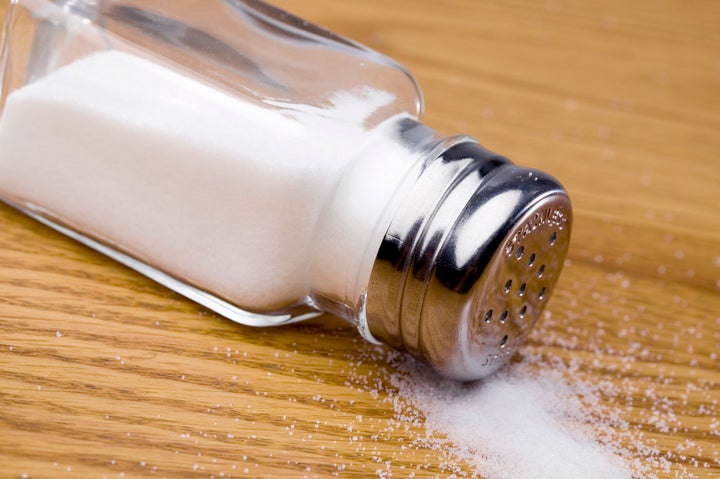Salt consumption among adults has decreased since 2005, however there's still some way to go before we reach the recommended amount of 6 grams per day.
New data from Public Health England’s (PHE) 'National Diet and Nutrition Survey' found that adults in the UK cut their average salt consumption by 0.9 grams per day between 2005 and 2014.
By 2014, the average daily salt consumption for adults was 8.0 grams per day, decreasing from 8.5 grams in 2011 and 8.8 grams in 2005-2006.
Overall salt intake has fallen by 11% since 2005. But more needs to be done.

PHE conducted urine tests from a random sample of 689 adults aged 19-64 years old.
They received 24-hour urine collections between May and September 2014.
They then conducted a series of urinary sodium surveys across the UK's adult population in the years that followed.
The results of the survey are being used by the government to monitor progress towards the recommended maximum salt intake for adults of no more than 6 grams per person per day.
A major health implication of having too much salt in the diet is high blood pressure, which can increase the risk of heart disease and stroke.
Reducing the average salt intake from 8g to 6g per day could prevent over 8,000 premature deaths each year and save the NHS over £570million annually, PHE has estimated.
Dr Alison Tedstone, chief nutritionist at , said of the findings: "Our analysis makes clear that there is a steady downward trend in salt consumption.
"While people are having less salt than 10 years ago, we are still eating a third more than we should.
"The majority of the salt we eat is in everyday foods so it’s important to check labels and choose lower salt options. Many manufacturers and retailers have significantly reduced the salt levels in everyday foods. However, more needs to be done, especially by restaurants, cafes and takeaways."
She added: "Around three quarters of the salt that we eat is found in the foods we buy. The Change4Life healthy living campaign offers tips and advice on how to cut down on salt in the diet including checking labels on food.
"Where colour-coding is used, red means high. Try to eat high-salt foods only occasionally, or in small amounts, and aim to eat mainly foods that are green (low) or amber (medium)."